How do we know where to start when it comes to nordic curls? It can be overwhelming to start because there are so many options. The answer is to begin with the end in mind.
Let's reverse engineer our solution by analyzing what it takes to do a full Nordic curl.
A full Nordic curl requires significant hamstring and posterior chain strength. It involves rigidly lowering the body while engaging the muscles of the back of the legs and spine. Therefore, our training must build the strength to maintain that straight torso and hamstring control.
The best way to get stronger at doing an exercise is by performing that exercise or the closest thing to it intensely. Thus, we will try to mirror the Nordic curl as closely as possible.
But before we dive into the exercise, we need to assess our starting point. This assessment will help us determine the best alternative exercises if we can't already perform a full Nordic curl.
The Importance of Testing
When you aim to get from point A to point B, you must first know where point A is. That’s why we test instead of guessing. We will use three tests to find our current capacity:
- Heel to Butt Test
- Hamstring Bridge Repetition Max Test
- Isometric Nordic Curl
Heel to Butt Test

Source: Hattiesburg Clinic
- Lie on your stomach.
- Bring your right heel as far as you can towards your butt.
- If you can't get your heel to touch your butt, record from a side view to see how close you can get.
- Repeat this on the left side.
Hamstring Bridge Repetition Max Test
- Lie on your back with both knees bent. You can rest your upper body on the NordPad for added comfort.
- Slide your feet away from your body so that your knees are bent slightly less than 90 degrees.
- Pull your toes up, drive through the heels, and raise your hips towards the ceiling.
- Hold that position for two seconds.
- Slowly lower and repeat as many times as you can.
- Record how many reps you achieve.
- If you can do more than twelve reps in a row, repeat this test on one leg at a time and record how many you get on each leg.
Isometric Nordic Curl
- Set up in the Nordstick starting position.
- Slowly lower your body while maintaining a straight torso.
- Stop at the point where you start to feel the back of the thighs contracting.
- Maintain that position for as long as you can and record the max hold time.
- If possible, record yourself from the side to review and ensure your hips and trunk are upright. This will also allow you to see the distance that you’ve lowered.
Analyzing Your Results
Congratulations on completing the testing! You’ve determined your starting point. This is the first step towards achieving a full Nordic curl and a healthier life. Our next newsletter will focus on implementing an initial exercise plan based on your testing results.
This Week’s Tip: “Slow but Steady Wins the Race”
Rehab after injury is not a marathon but it is also not a sprint. Rehab is a marathon of sprints. Training is similar; it is a long process with different phases of varying intensity.
Most importantly:
- Consistency is key
- Intensity is key
- Mindset is key
Ups and downs are guaranteed. Understanding this from the start will help you handle the bumps in the road. You’ll be able to roll with the punches and come out stronger for it.
Happy Curling,
Devin
References
- Opar, D. A., Williams, M. D., & Shield, A. J. (2012). Hamstring strain injuries: factors that lead to injury and re-injury. Sports Medicine, 42(3), 209-226. doi:10.2165/11594800-000000000-00000
- Petersen, J., & Holmich, P. (2005). Evidence based prevention of hamstring injuries in sport. British Journal of Sports Medicine, 39(6), 319-323. doi:10.1136/bjsm.2005.018549
Feel free to ask any questions or share your progress. Keep pushing forward, and happy curling!
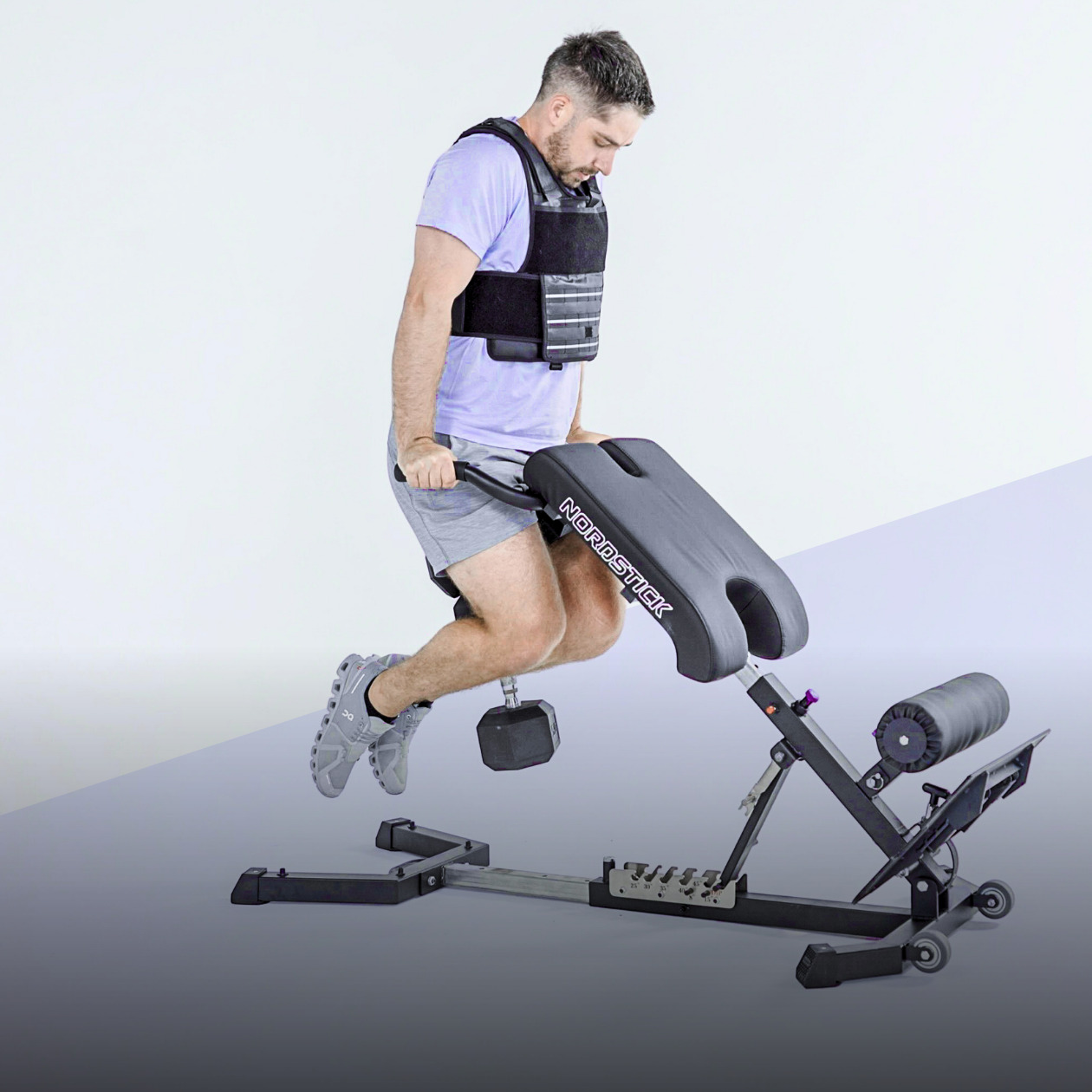

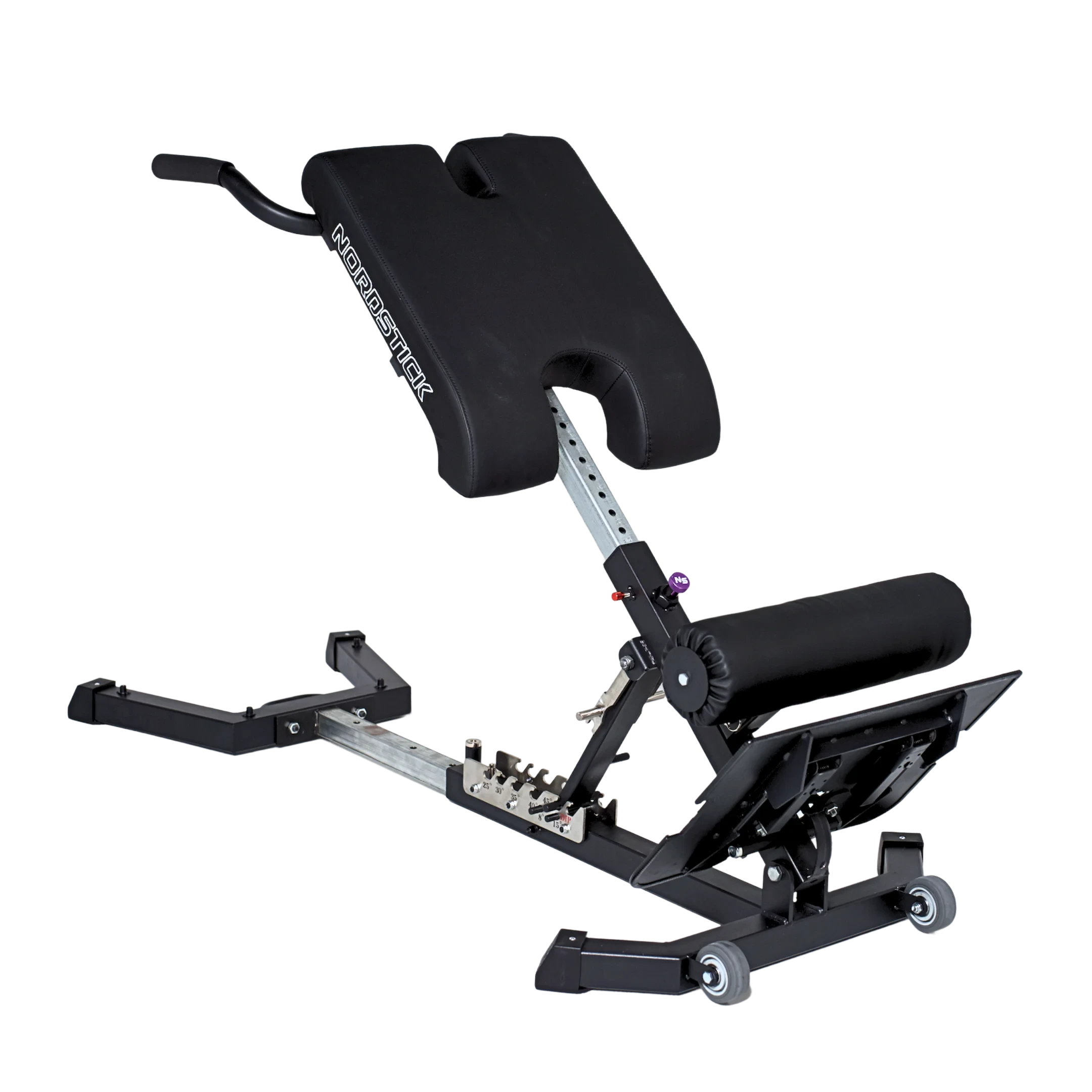






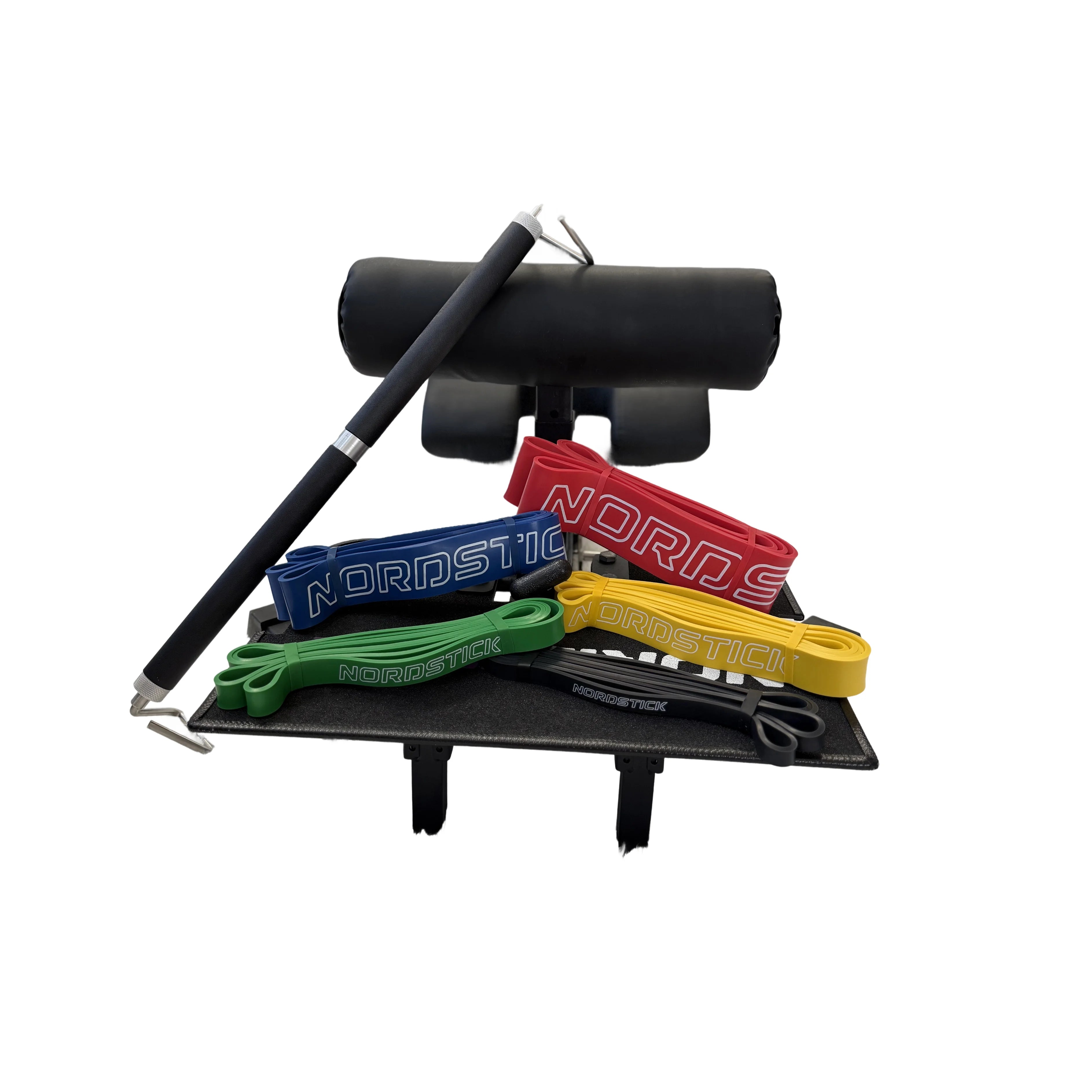


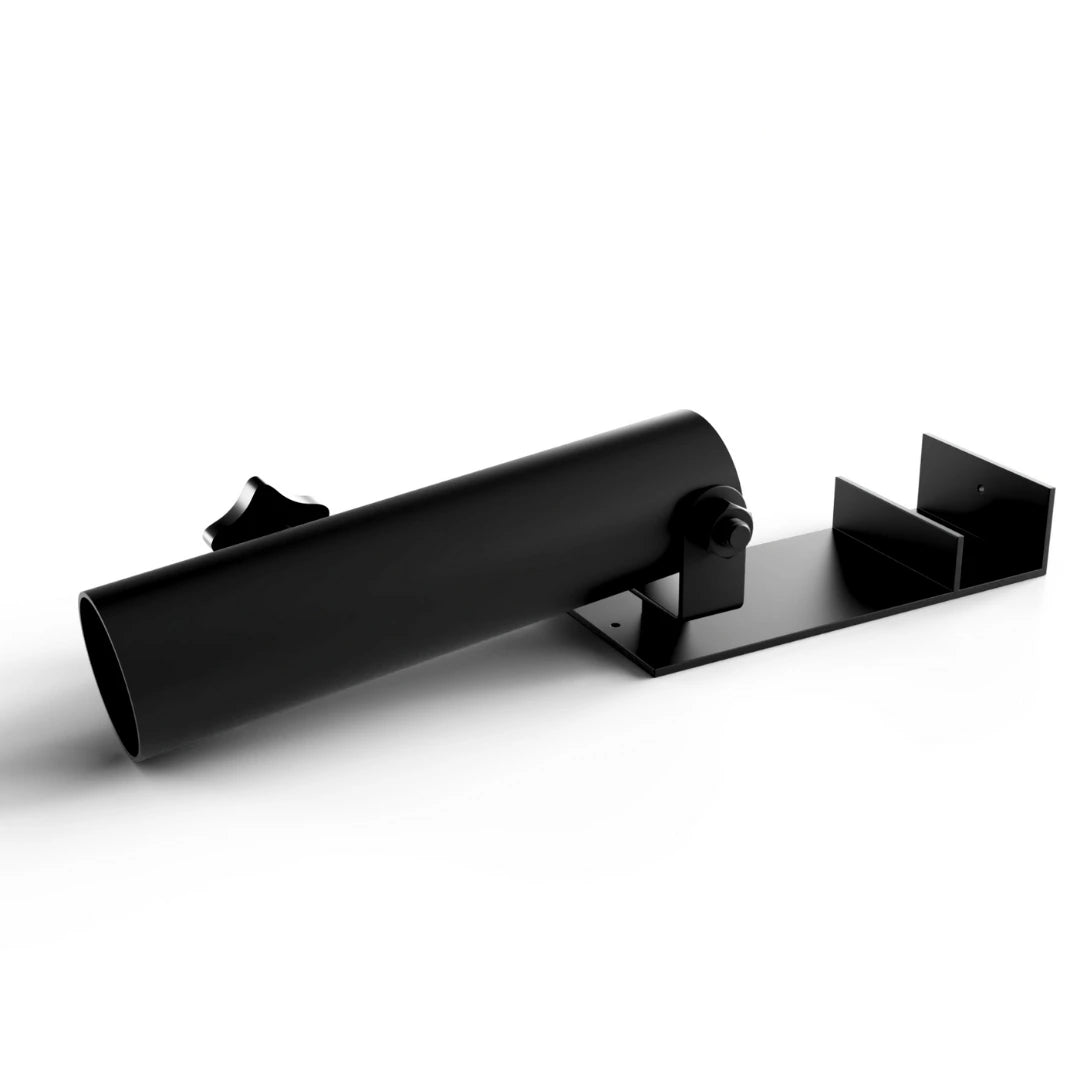
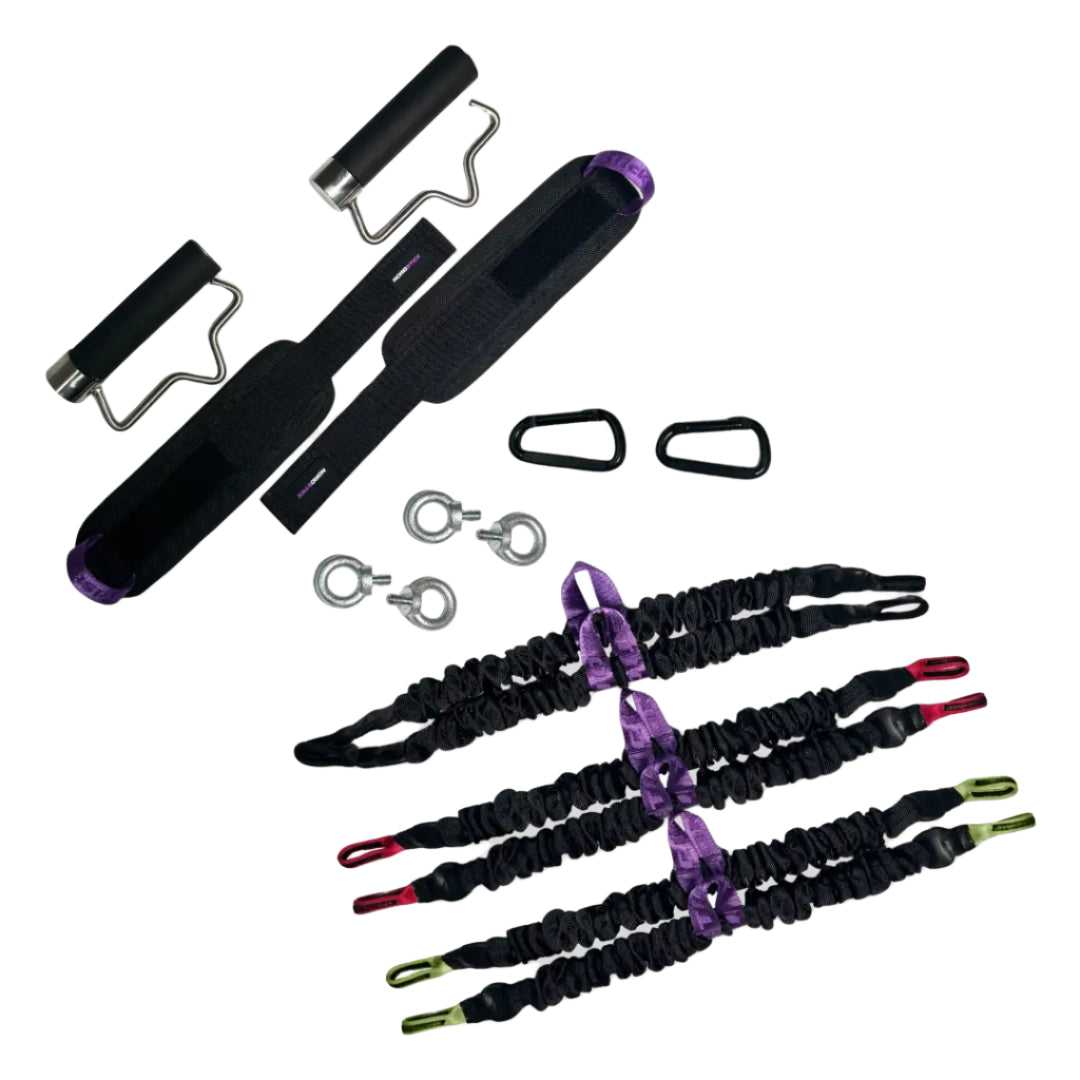




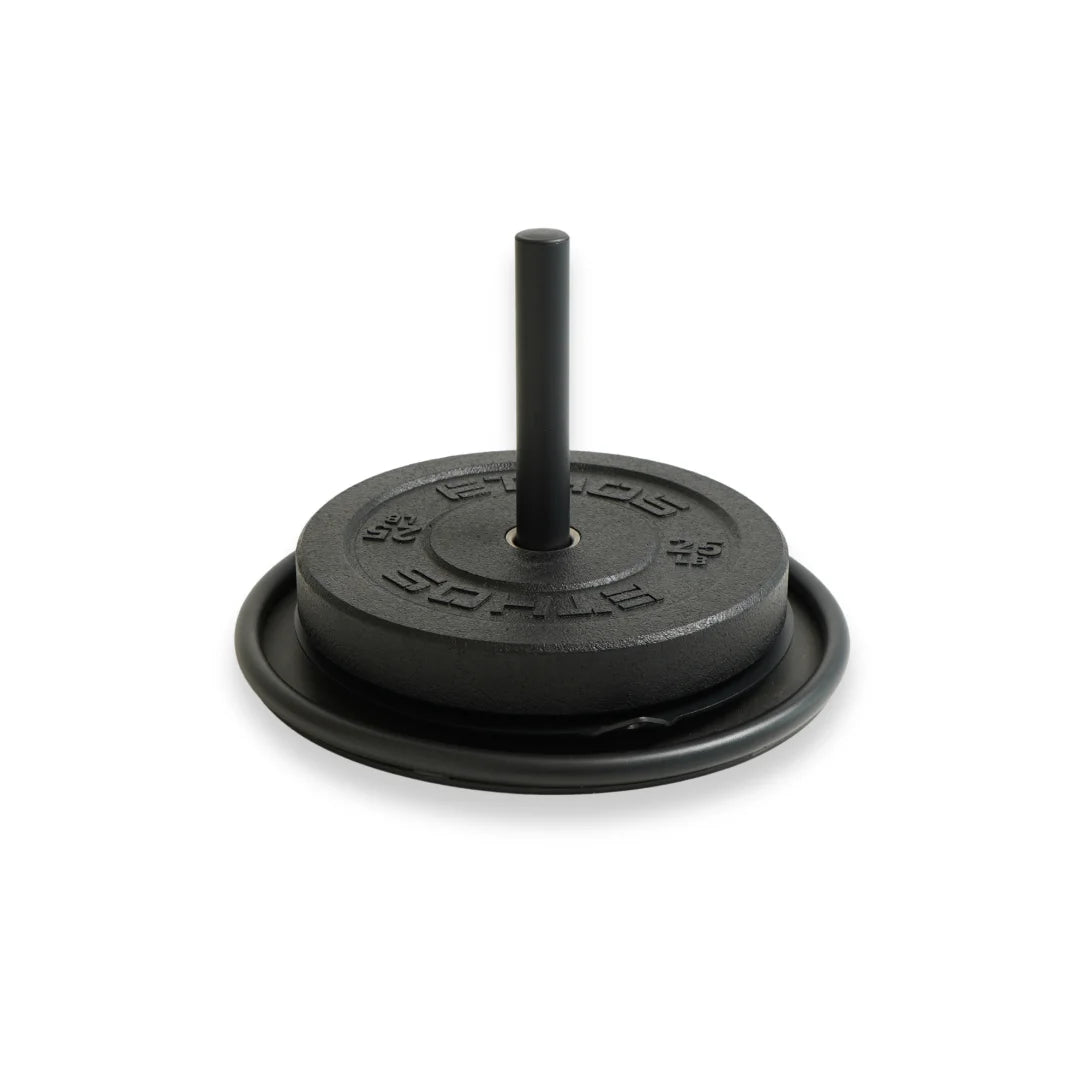

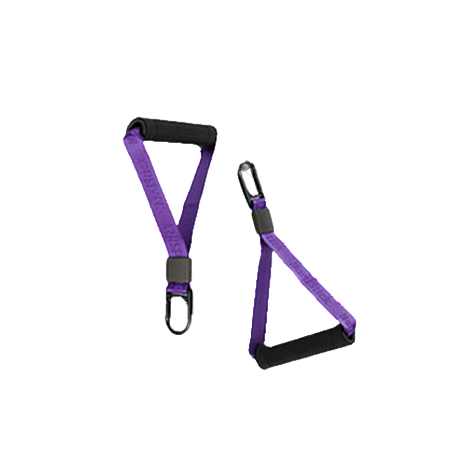
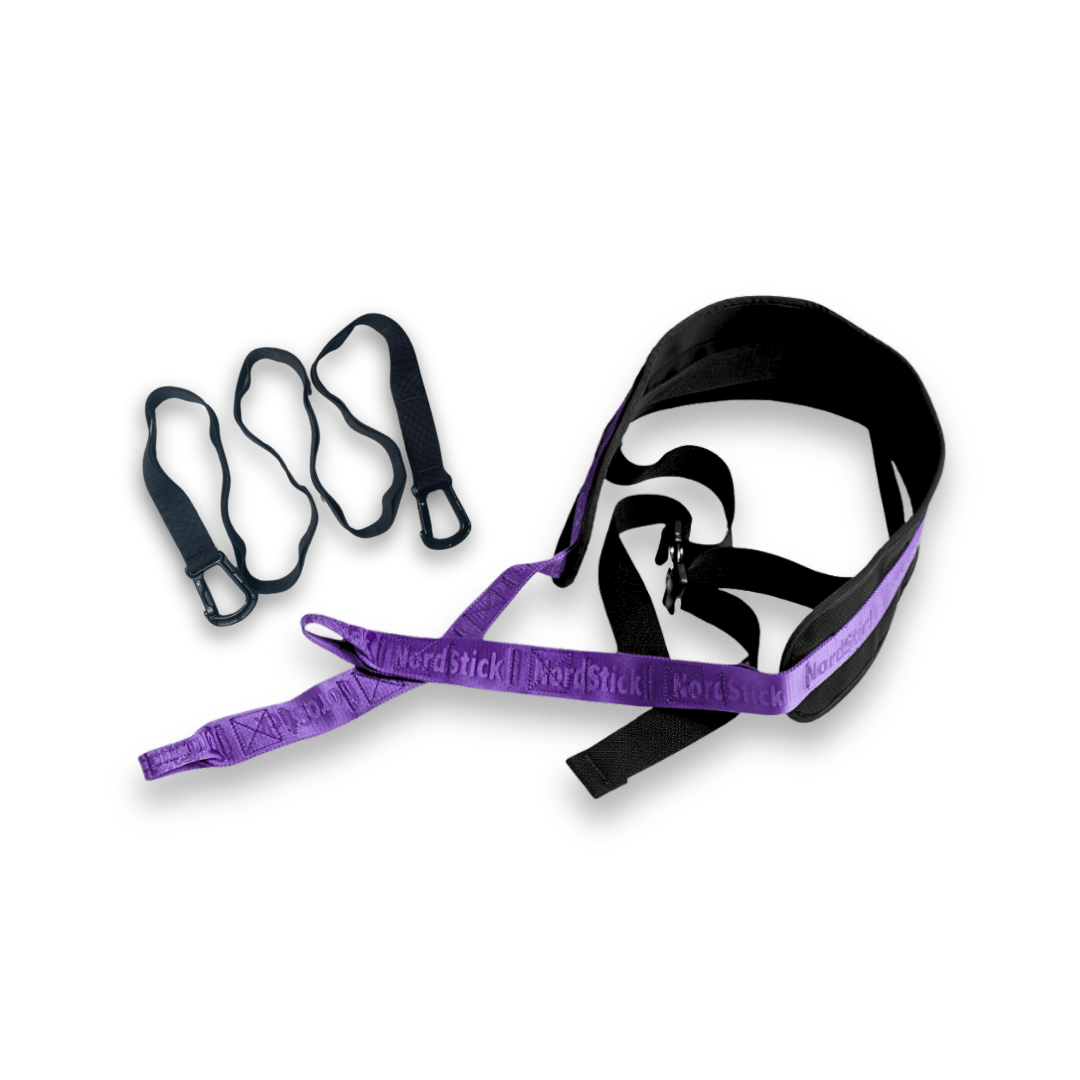











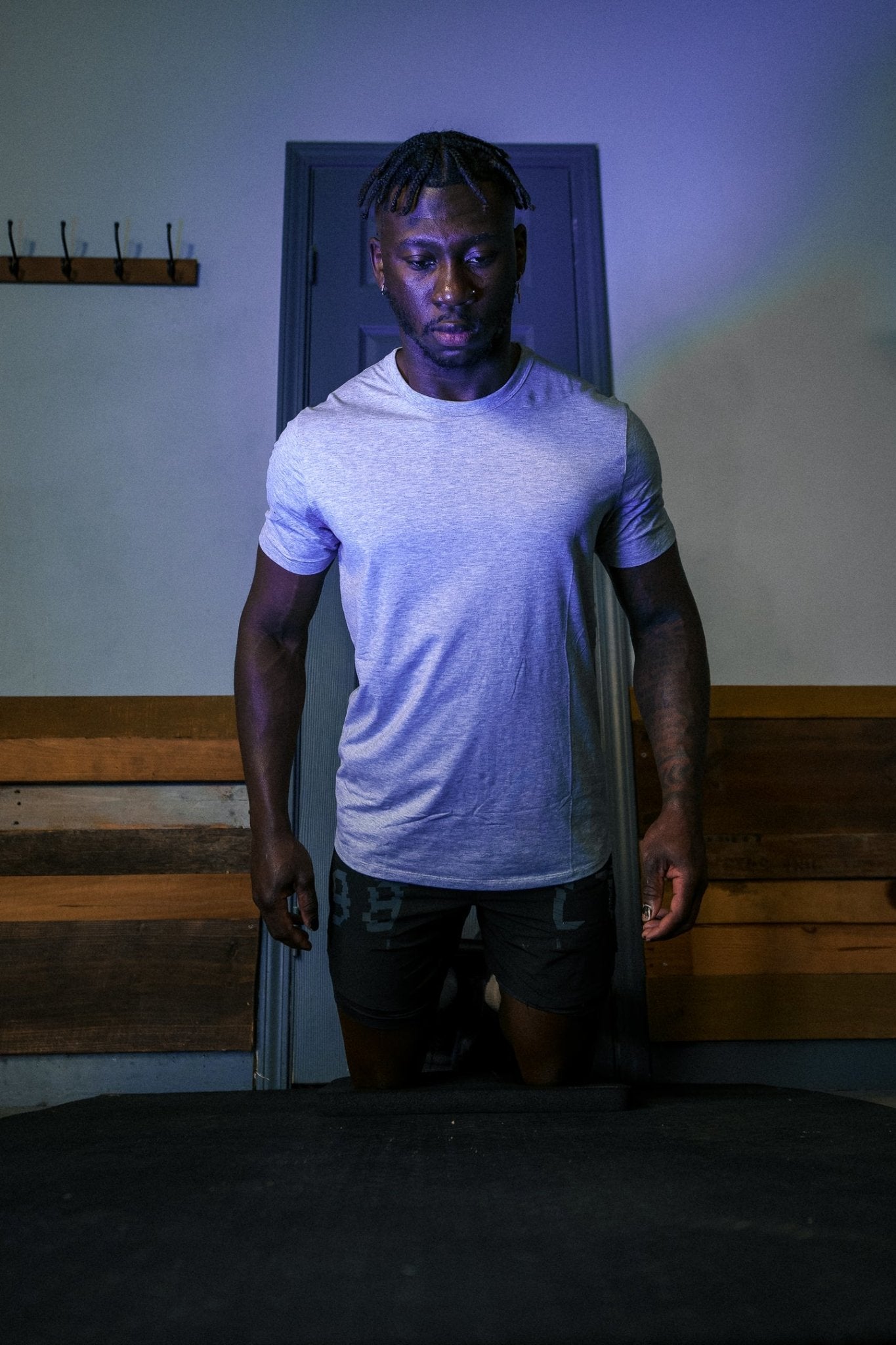
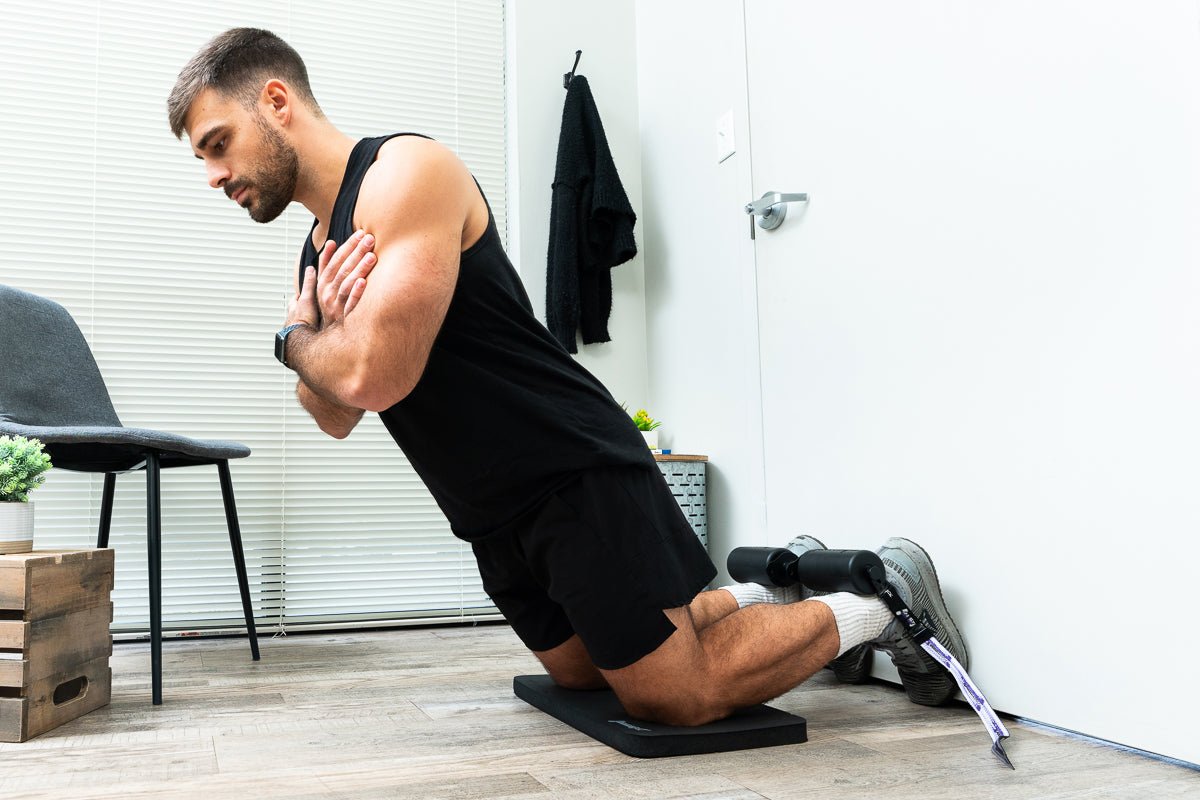
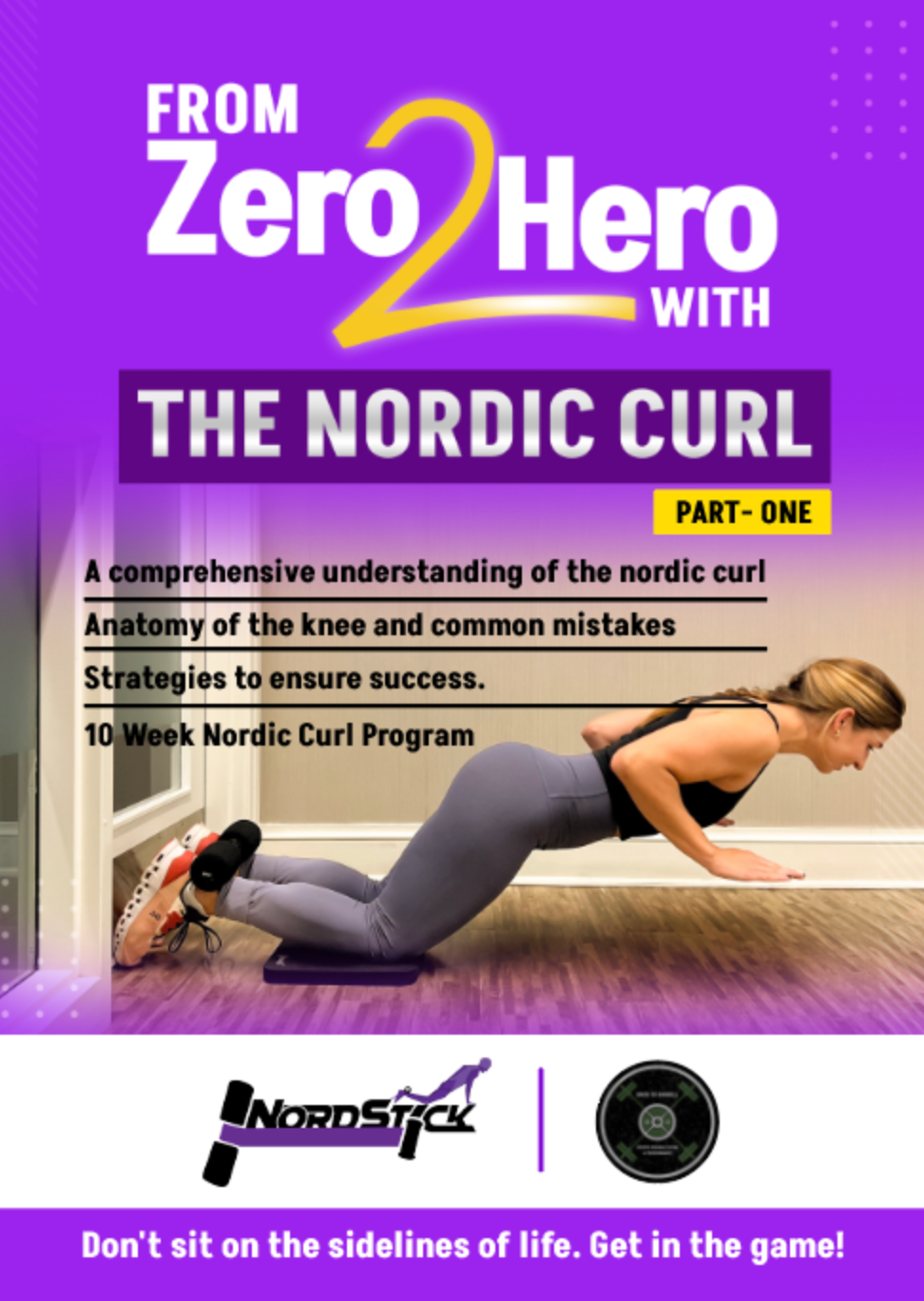




Leave a comment
This site is protected by hCaptcha and the hCaptcha Privacy Policy and Terms of Service apply.